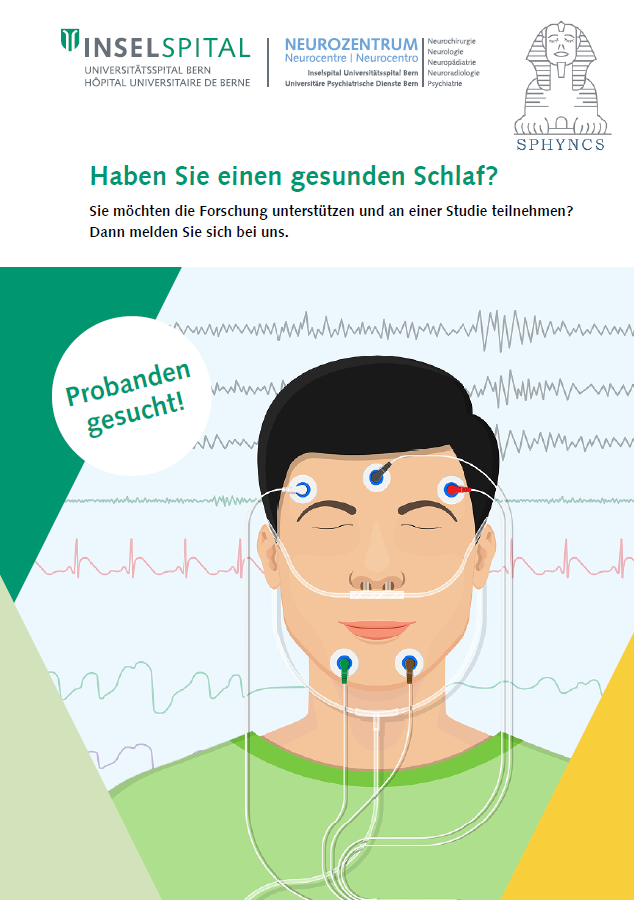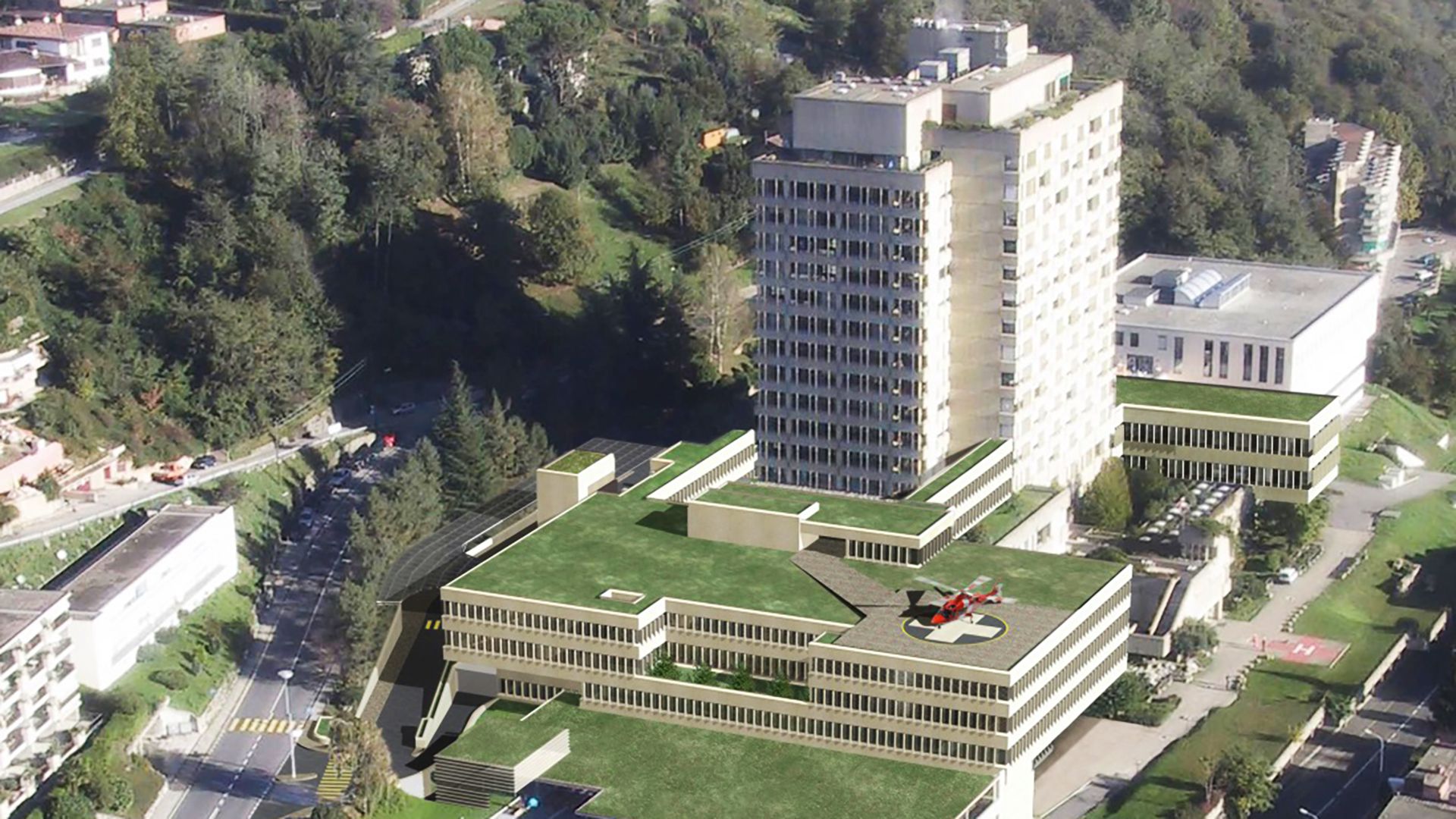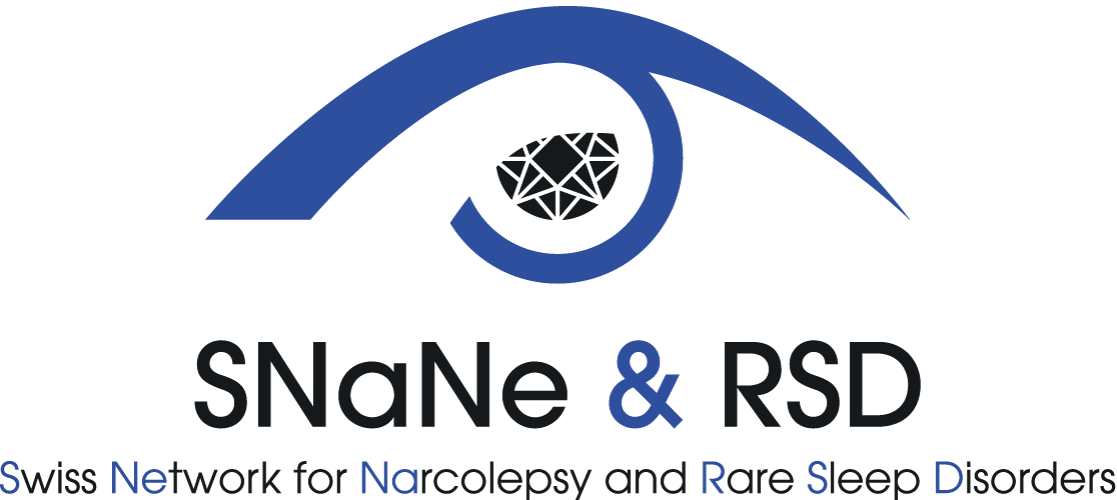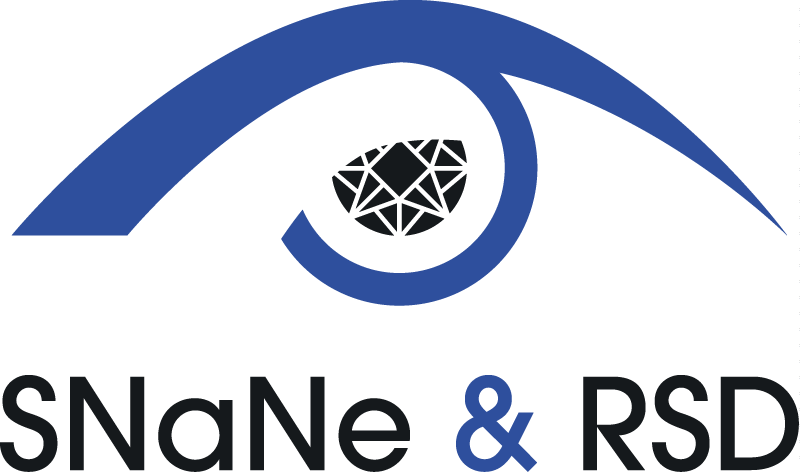Central disorders of Hypersomnolence are difficult to diagnose, mainly due to overlapping signs and symptoms and only few existing biomarkers. Patients, who often are very limited by their disease in their daily life, sometimes have to wait for years to get a diagnosis, which can also delay the treatment of their symptoms.
SPHYNCS is an observational prospective multicenter study, that is currently being conducted at 7 Swiss sleep centers. SPHYNCS is an innovative study with a broad approach and the goal to collect clinical, electrophysiological, digital, and biological data to investigate the pathophysiology and the course of Central disorders of Hypersomnolence. Using this multidisciplinary approach, the study can contribute to find new disease biomarkers, to reevaluate diagnostic criteria for Central disorders of Hypersomnolence and to improve patient care.
The study population consists of patients between 16 and 70 years, who have been admitted to one of the participating sleep centers for further clinical evaluation, and who have given their informed consent for participation. Eligible patients have symptoms of excessive daytime sleepiness and/or hypersomnolence (sleep duration >11 hours per 24 hours) and a so-called Central disorders of Hypersomnolence is diagnosed or suspected.
To this disease group belong:
- Narcolepsy Type 1
- Narcolepsy Type 2
- Idiopathic Hypersomnia
- Non-organic Hypersomnia
- Insufficient sleep syndrome
The study has two control groups, healthy controls and controls with excessive daytime sleepiness and/or hypersomnolence due to sleep-disordered breathing, which resolves after therapy.
For further information, please contact the SPHYNCS team: sphyncs@insel.ch.
Start of the study:
- January 2020
End of the recruitment phase:
- June 2023
End of the follow-up phase:
- June 2026
Type of study:
- multicentric prospective observational cohort study
Principal investigator:
- Claudio L. Bassetti
Co-applicants:
- Federica Sallusto
- Ramin Khatami
- Mehdi Tafti
Main study site:
- University Hospital, Inselspital Bern, Department for Neurology
Participating study sites
- Klinik Barmelweid, Aargau
- Zentrum für Schlafmedizin, Basel
- Klinik für Neurologie, Ospedale Regionale di Lugano
- Kantonsspital St. Gallen
- Universitätsspital Zürich
- Klinik für Schlafmedizin mit ihren Standorten Bad Zurzach und Airport Zürich.
About aims and methods, you can find further information in the publication of the SPHYNCS study protocol.

Clinical and genetic characteristic of narcolepsy typed I patients with HLA negative
Scientific exchange approved by SNF
This study has been initiated by Dr. med. Silvia Miano, who is also a member of the SNaNe board. We congratulate Dr. med. Miano for her grant “Scientific Exchanges 2020″, she received to establish this study at the Sleep Center at the Neurocenter of Southern Switzerland, Lugano.
BACKGROUND:
In more than 95% of NT1 patients hypocretin-1 (Hcrt-1) levels in cerebrospinal fluid (CSF) are significantly decreased (<110 pg/ml) or undetectable. This is the most sensitive and specific test for diagnosing NT1. A difficult diagnostic challenge is the identification of narcoleptic patients with the unusual association between HLA DQB1*06:02 negative and hypocretin/orexin deficiency, which is reported in less than 2% of cases. This variant has been described in patients with a secondary form of narcolepsy type I (lesional) and in association to HLA subtype DPB1*0901, and homologous DPB1*10:01 subtype, with severe and spontaneous not-triggered cataplexy.
The hypothesis is, that this variant is underdiagnosed, and that the clinical phenotype, outcome and management might be different from the usual HLA DQ1*06:02-positive NT1. Starting from three local cases at the Sleep Center at the Neurocenter of Southern Switzerland in Lugano, we expect to find new genetic variants of narcolepsy type I negative to HLA DQ1*06:02 in the large narcolepsy specialized center of Montpellier.
The main aim of the study is to assess the frequency of this variant of NT1 compared to the classical one in order to a) increase our understanding of the genetic and immunological determinants, b) improve current diagnostic criteria, c) identify new treatment targets for this rare variant.
METHODS:
Clinical data, genetic markers, and CSF assessments will be analysed from HLA-negative patients with a diagnosis of NT1 with hypocretin/orexin deficiency, consecutively admitted to our Sleep Center at the Neurocenter of Southern Switzerland, Lugano, and compared to those admitted to the Host sleep Center in Montpellier. The diagnosis will follow standard criteria according to the third edition of International Classification of Sleep Disorder (ICSD-III, American Academy of Sleep Medicine, 2015).
Clinical and sleep polysomnographic parameters from patients will be collected retrospectively within the last 3 years. Clinical data will be compared with that of the larger sample of patients with HLA-DQB1*06:02-positive patients with NT1 and hypocretin/orexin deficiency, diagnosed in the same period in the two Sleep Centers.
All data will be collected in a first period of 2 weeks and analysed within a second period of 3 weeks by the Applicant during the planned visit Exchanges.
HYPOTHESIS:
According to the new criteria of diagnosis (ICSD-III), an increased percentage of HLA negative NT1 patients with hypocretin/orexin deficiency is expected to be found (about 5% of diagnosed cases, with an increased percentage of paediatric patients, with a different clinical phenotype from the classical NT1). Since in our local experience, HLA negative NT1 patients with hypocretin/orexin deficiency did not show a severe form of cataplexy, we expect to find a NT1 variant with a mild and partial form of cataplexy. We also expect to find a specific HLA haplotype in this patient group.
Timeframe of the research stay:
- 60 days
Host for the visit (researcher and institute):
- Prof Yves Dauvilliers, Reference National Center for Narcolepsy-Hypersomnia, Guy de Chauliac Hospital, Montpellier University Hospital Center, National Institute of Health and Medical Research U1061, Montpellier, France.
Visiting researcher (name and institute):
- Dr. med Silvia Miano, Sleep Center, Neurocenter of Southern Switzerland, Civic Hospital, Lugano


